Simmering or poaching food is a total pain sometimes. The problems are numerous: a layer exposed to air often dries out and creates a gross skin that can ruin the texture of the sauce, the poaching liquid evaporates too quickly and causes the poached protein to burn, and so on.
Thankfully, French cuisine has created a practical and very easy solution to these problems: the cartouche, otherwise known as a parchment paper lid.
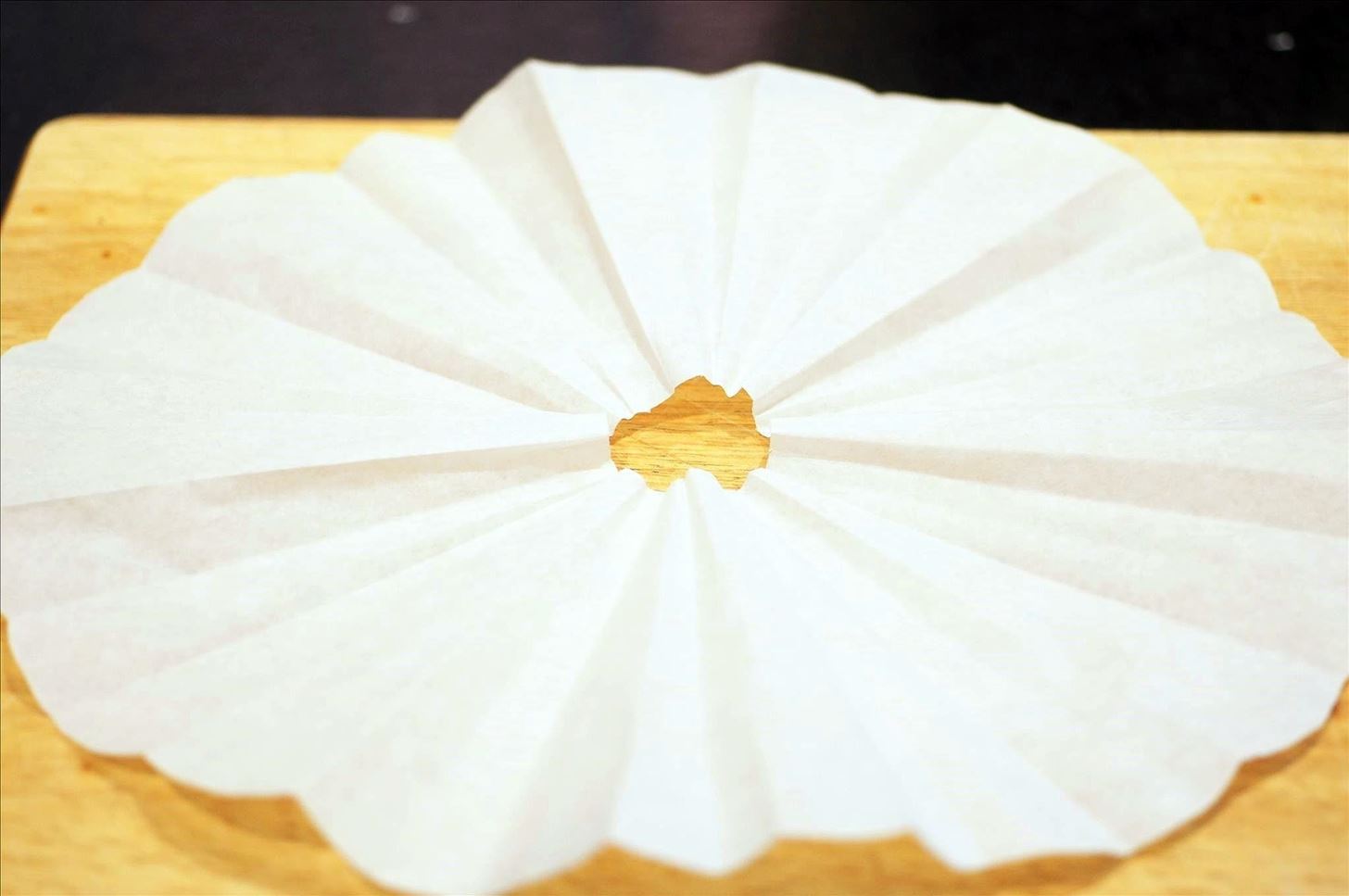
Why a Cartouche & Not a Regular Lid?
A cartouche slows the rate of evaporation while still encouraging an even, steady distribution of heat. Additionally, the vent in the center—as well as its flimsy edges—still allow for heat to escape, which is important when trying to maintain a steady temperature when poaching or simmering. Lastly, the cartouche is place directly on top of the sauce, soup, or protein that you are cooking; this prevents the off-color "skin" that often occurs from a sauce that dries out when in prolonged contact with the air.

A lid, while perfectly useful for most purposes, tends to fall a bit short when involved with methods that require more finesse. When fitted tightly, the lid traps the heat inside of the pot or pan and causes the contents to cook more rapidly—not really beneficial when trying to gently cook ingredients.
Additionally, the trapped steam under the lid condensates and creates water; this cools areas of the pot where the water tends to concentrate, based on the shape of the lid. And "venting" the lid by leaving it slightly ajar over the pot or pan also creates uneven heating.

Of course, all of these lid issues can be remedied with constant focus on the ingredients in question. But if you're cooking more than one dish at once, that kind of attention is impossible. That's what makes the cartouche such an amazing tool: it allows us to use more delicate methods of cooking without a lot of fuss or attention.
How to Make a Cartouche
Making a parchment paper lid is just as easy as it sounds—all you need is parchment paper and scissors. Richard of REMCooks has a fantastic step-by-step guide that includes pictures. If you're like me and prefer a video demonstration, thecoolcook has a very clear and easy-to-understand video below:
A Versatile Lid
Of course, a cartouche can be used for more than delicate cooking techniques: anything that requires low and slow cooking, such as sauces, soups, jams, or braises, benefits by using this temporary lid. A parchment paper lid, like I mentioned earlier, also prevents skins from forming on the top of surfaces.

However, a cartouche is not a lid to rule all lids. I would recommend staying away from using a cartouche when boiling is required; also, when a sauce needs to reduce, the loss of moisture in a short amount of time is necessary and using a cartouche would hinder the process.
Less Dishes, Less Problems
Using a parchment paper lid allows you to still enjoy the fruits of your labor when using more delicate cooking techniques—without a lot of the labor.
It provides a great lid substitute if you don't have a lid or purchased the pan separately. It means you have one less thing to wash after dinner is cooked. And lastly, you can tell your friends that you cooked with un cartouche for their soup at dinner and watch them either nod with approval or blink in confusion. There really are no cons to cooking with it—so give it a go!
Other Interesting Food Tool Hacks:
Just updated your iPhone? You'll find new emoji, enhanced security, podcast transcripts, Apple Cash virtual numbers, and other useful features. There are even new additions hidden within Safari. Find out what's new and changed on your iPhone with the iOS 17.4 update.
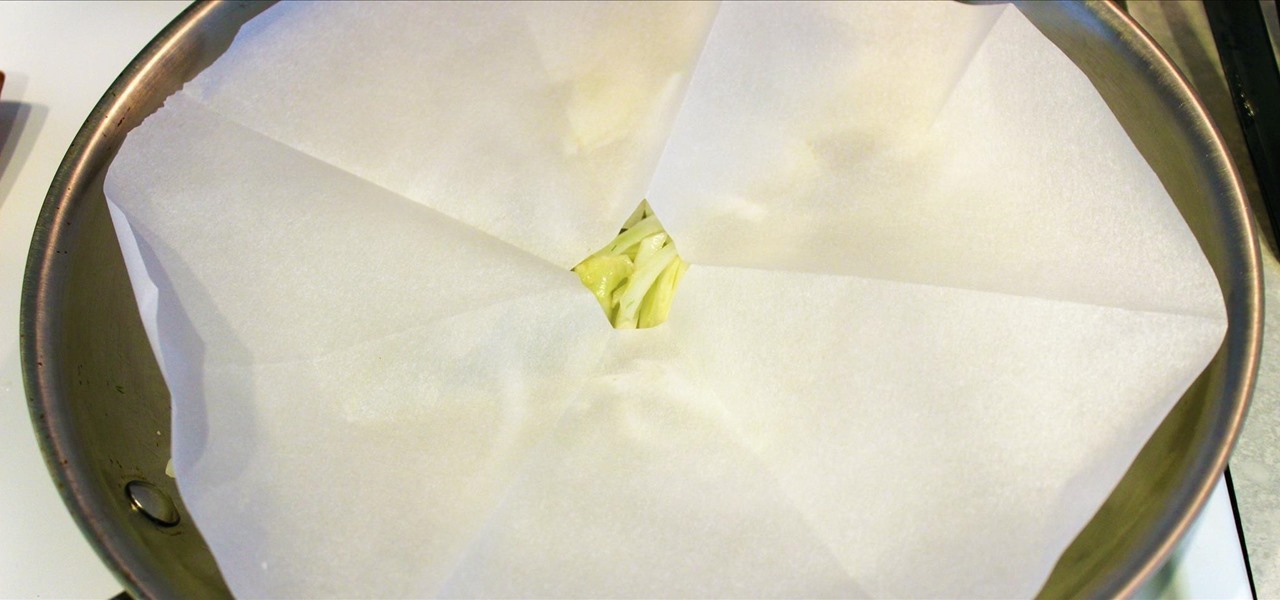





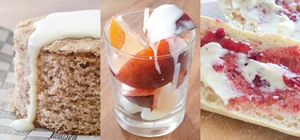




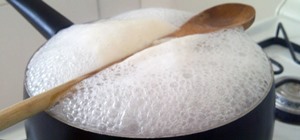

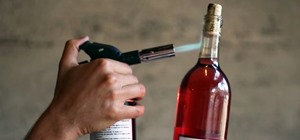

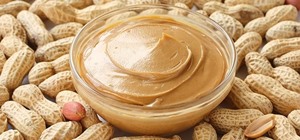


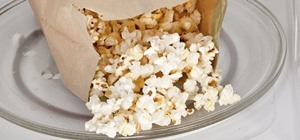
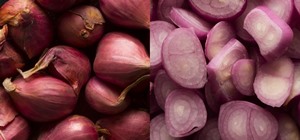
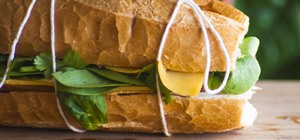
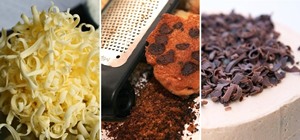
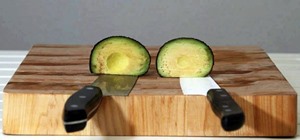
1 Comment
Cartouche is also the term used in Great Britain for the very similar parchment round used to line the bottom of cake pans and some pies to facilitate easier removal from the pan. The only difference is that you do not cut a hole in the midle and you want it to be slightly smaller than your pan.
Share Your Thoughts